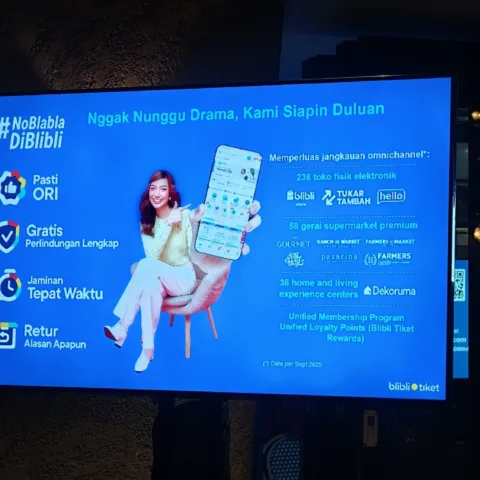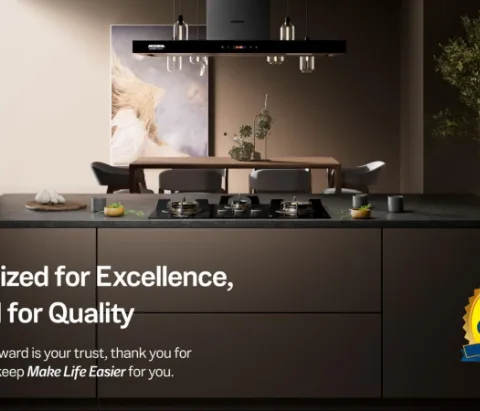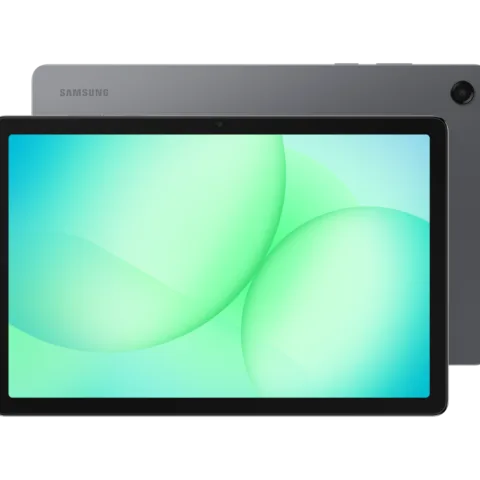 Analytics company Flurry published its findings earlier this week regarding mobile platforms that developers have been working on in the past year. The company discovered that the top two app ecosystems in the mobile space remains iOS and Android with iOS leading the pack by a very large margin. On the lower end of the spectrum however, Windows Phone has picked up a significant traction, bypassing BlackBerry as the third most attractive platform.
Analytics company Flurry published its findings earlier this week regarding mobile platforms that developers have been working on in the past year. The company discovered that the top two app ecosystems in the mobile space remains iOS and Android with iOS leading the pack by a very large margin. On the lower end of the spectrum however, Windows Phone has picked up a significant traction, bypassing BlackBerry as the third most attractive platform.
Despite Microsoft having a reduced market share between from 7.5% in March 2011 to 3.9% in March 2012, according to comScore, apparently the developers are more interested in the company’s platform than the consumers are. While the numbers include the defunct Windows Mobile and show a downward trend for Microsoft, developers don’t seem to be put off by it. Perhaps curiosity over the platform is driving app development for Windows Phone.
This week, Microsoft showed off Windows Phone 8 which will debut closer to the end of the year. Even though Windows Phone 8 will not be compatible with any existing Windows Phone device, the apps developed for the current version will be fully compatible with version 8 which means developers will not see their work go unrewarded. Of course, apps developed for Windows Phone 8 cannot run on devices running Windows Phone 7 because the framework and the programming languages used to develop those apps are different.
Obviously when Flurry compiled the research, Microsoft hasn’t yet made the announcement but perhaps thanks to Microsoft’s developer program and its insistence that apps will be forward compatible, the confidence in creating applications for Windows Phone among software developers led them to adopt the new platform.
 Interest among developers who use Flurry’s analytics package show that development of new projects on BlackBerry remain steady at 1 percent in the year up to June 2012. On the other hand, new projects on Windows Phone had gone up to six percent in June 2012 from one percent the year before. The uptick had apparently began in October, right around the time that Nokia releases its Lumia line up, and has only grown since.
Interest among developers who use Flurry’s analytics package show that development of new projects on BlackBerry remain steady at 1 percent in the year up to June 2012. On the other hand, new projects on Windows Phone had gone up to six percent in June 2012 from one percent the year before. The uptick had apparently began in October, right around the time that Nokia releases its Lumia line up, and has only grown since.
In the year since Microsoft launched Windows Phone, there had been insignificant interest on the platform but once Nokia came on board and became its flagship partner, developers are beginning to take a peek and give the beleaguered platform a shot. Nokia certainly has a strong community of developers and in Indonesia, the drive by the company to push software developers onto its platforms has been very aggressive.
Just last week, Nokia Developer held Coding on the Beach in North Jakarta collaborating with the parks and recreational authorities there. Next week, Nokia will hold Hackonten with Gramedia Majalah to create apps using Gramedia’s media properties. Earlier this year, Microsoft and Nokia held a two day hackathon in Bandung which drew in nearly 1000 developers from around the country to create apps for Windows Phone 7. There’s been no shortage of efforts from the two companies to make sure consumers will find the apps that they need on the Marketplace.
Flurry also noted that the growth rate has been nothing short of astonishing for Windows Phone, recording a 521 percent increase year over year whereas new projects on iOS grew 66 percent, Android 82 percent, and BlackBerry 13 percent.
Up until now, app development on Windows Phone has been limited to using a subset of Microsoft’s .Net as well as Silverlight environments. Starting with Windows Phone 8, developers will get to create native apps which opens the door to greater possibilities in what apps can do with the platform.
Since Windows Phone 8 will be sharing the same core with Windows 8, software developers should find it more convenient and more enticing to create apps for both platforms. For game developers, support for DirectX in Windows Phone 8 is a welcome addition which will allow them to create more amazing games.
Unfortunately, in confirming that Windows Phone 8 will be incompatible with every existing Windows Phone devices bar none, Microsoft has alienated every consumer that has made the move to Windows Phone.
It will be very difficult to convince consumers that the premium, high end Lumia 900 that they just bought in June 2012 will not be obsolete by the end of the year. This will undoubtedly lead to consumers opting to either wait for the upcoming platform or go with iOS or Android.
Avoiding Windows Phone 7 means avoiding Nokia which had pretty much dumped everything to risk the entire company to a single, unpopular, incomplete, though critically acclaimed mobile platform. Nokia needs to be able to maintain whatever consumer base it has left to survive the transition to Windows Phone 8 to avoid being dissolved as an independent company.
For Microsoft, this may be a necessary evil to deliver a more robust, modern, and comprehensive mobile platform, but it is risking the life of its biggest and most popular hardware partner.










